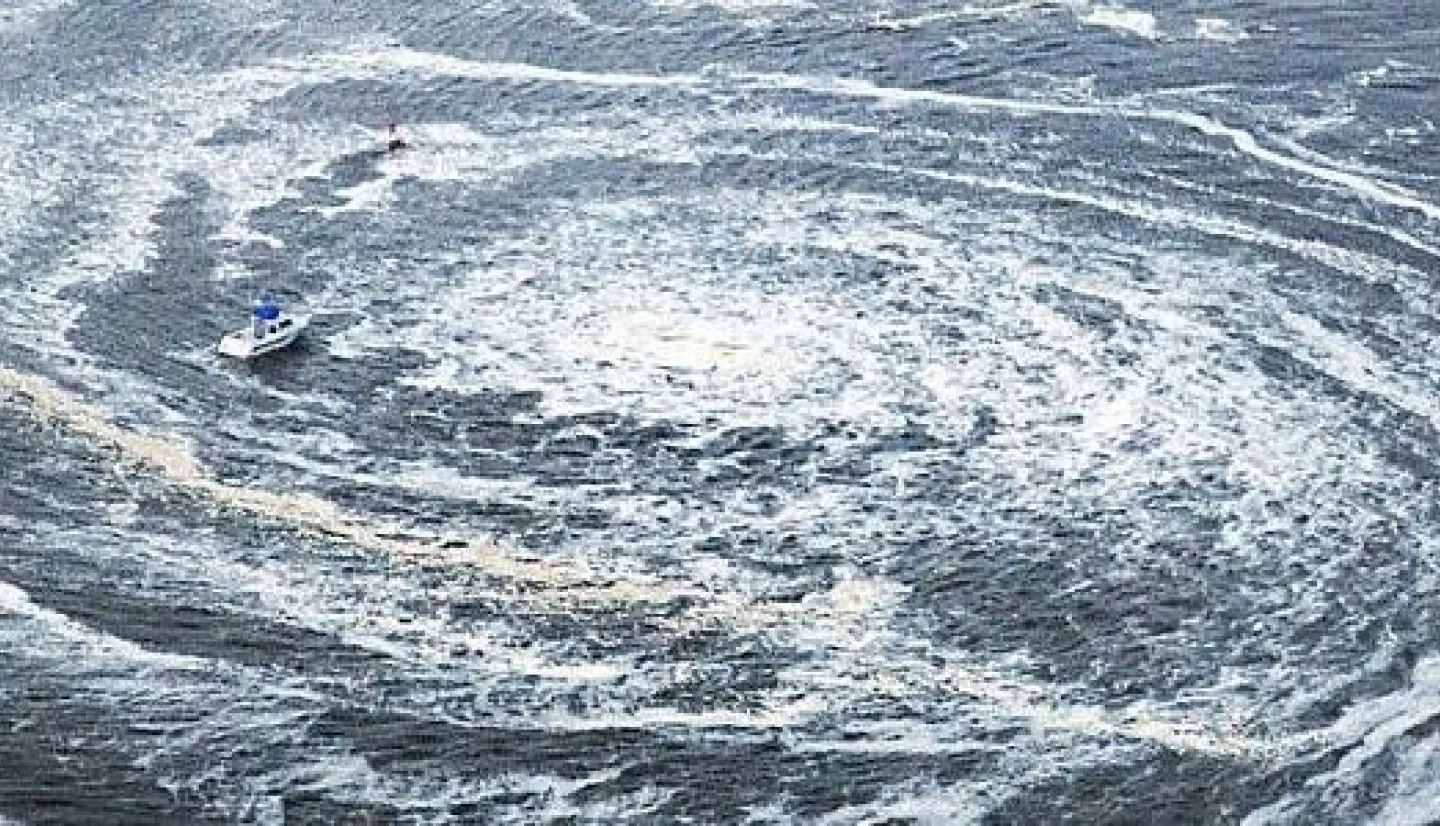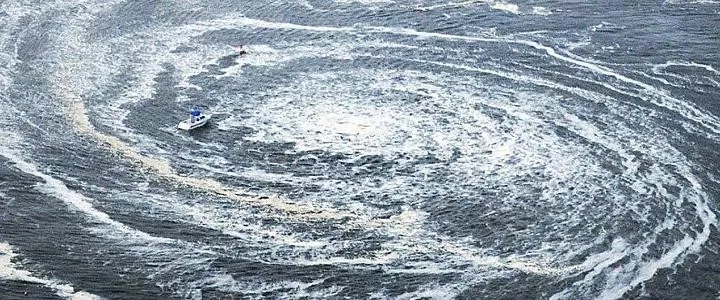Tsunamis claim more lives on average than any other natural hazard – averaging 4,600 deaths per disaster. These powerful waves are usually triggered by another hazard, such as an earthquake, landslide, or volcano, and can flood entire cities in a matter of minutes. As a result, tsunamis tend to do more damage and cause more casualties than the original hazard. Every Nov. 5, the United Nations and partner organizations observe World Tsunami Awareness Day to promote national and local disaster risk reduction plans. With reliable plans in place, people will be more prepared for tsunamis and prevent unnecessary loss to their communities.
Learn more about World Tsunami Awareness Day here
Tsunami preparedness is becoming more prevalent in the 21st century as people migrate toward the coast and climate change causes sea levels to rise. “Rising sea levels caused by the climate emergency will further exacerbate the destructive power of tsunamis,” explained U.N. Secretary-General António Guterres in his message for World Tsunami Awareness Day. However, an increase in the severity of tsunamis does not have to mean an increase in lives and livelihoods lost. Through local, regional, and international partnerships, we can ensure that communities are aware of tsunami risk and ready to act during an event. “Science and international cooperation – as well as preparedness and early action – must be at the heart of our efforts to save lives from tsunamis and other hazards.” Disaster support is especially important for communities in developing countries that may not have the resources readily available to reduce tsunami risk.
The NASA Disasters Program is addressing tsunami risk with its research project, “Tsunami Early Warning with GNSS Earthquake Source Products.” The project’s principal investigator, Diego Melgar, is developing early tsunami warning technology to notify at-risk communities of potential tsunamis sooner. Since tsunamis occur quickly and with little warning, it is crucial to detect potential tsunamis and notify those at risk as soon as possible.
To learn more about Diego Melgar and his work with tsunami risk, click here.




